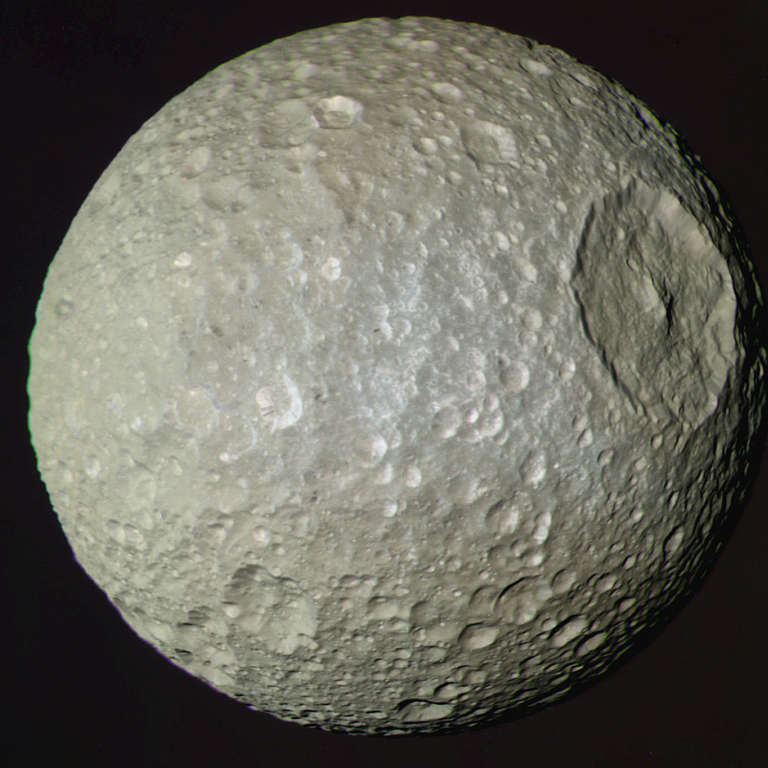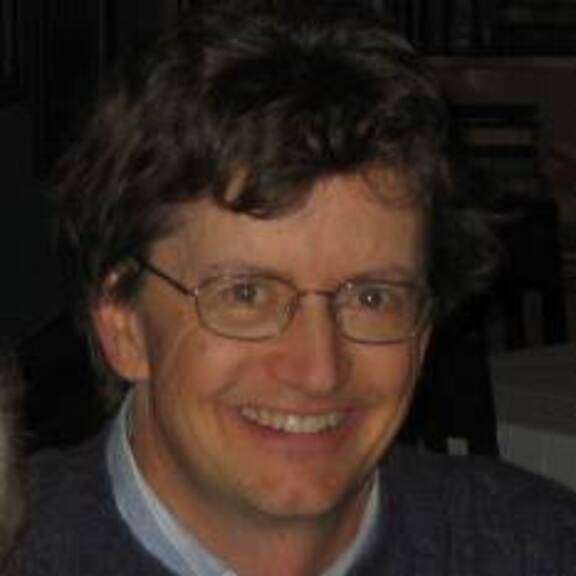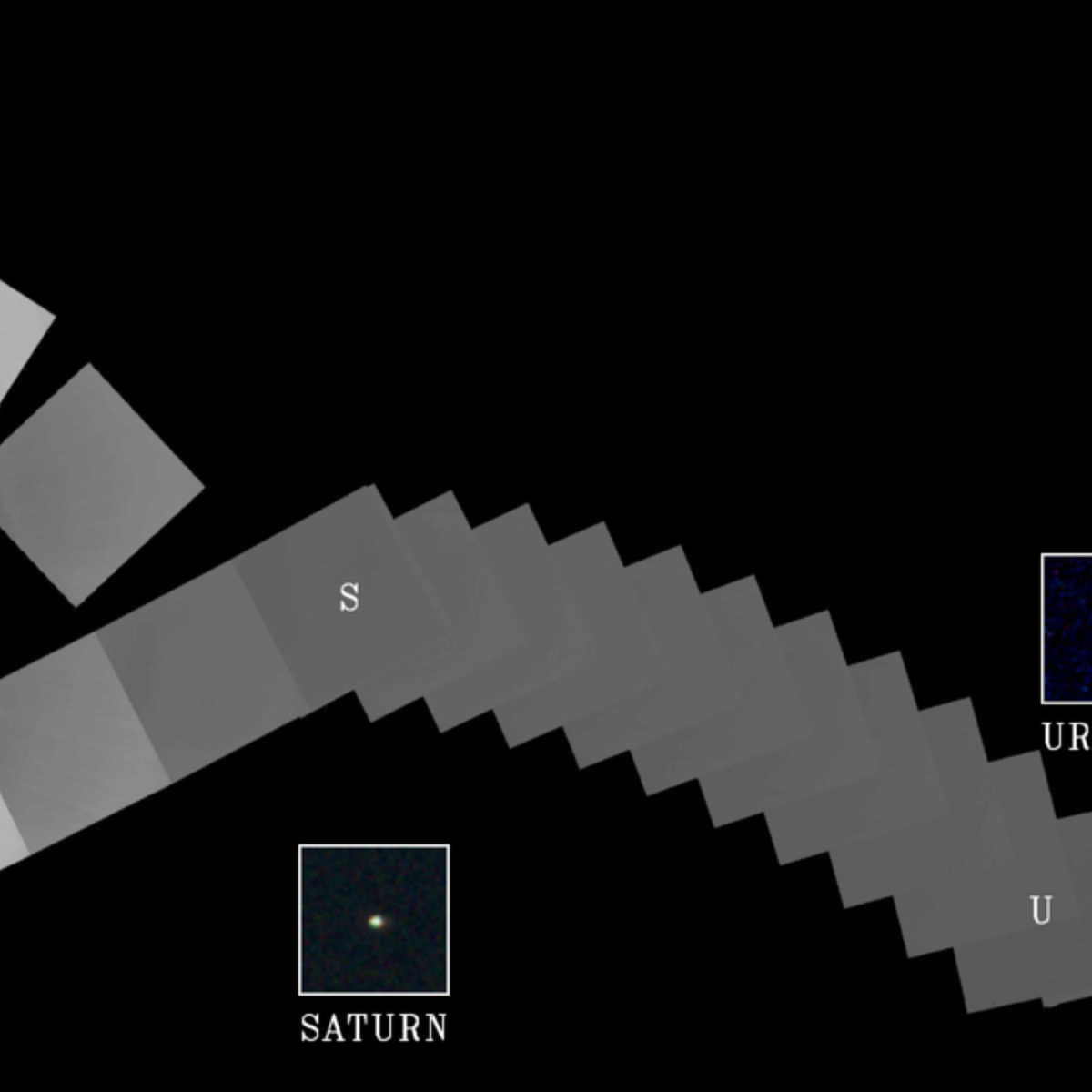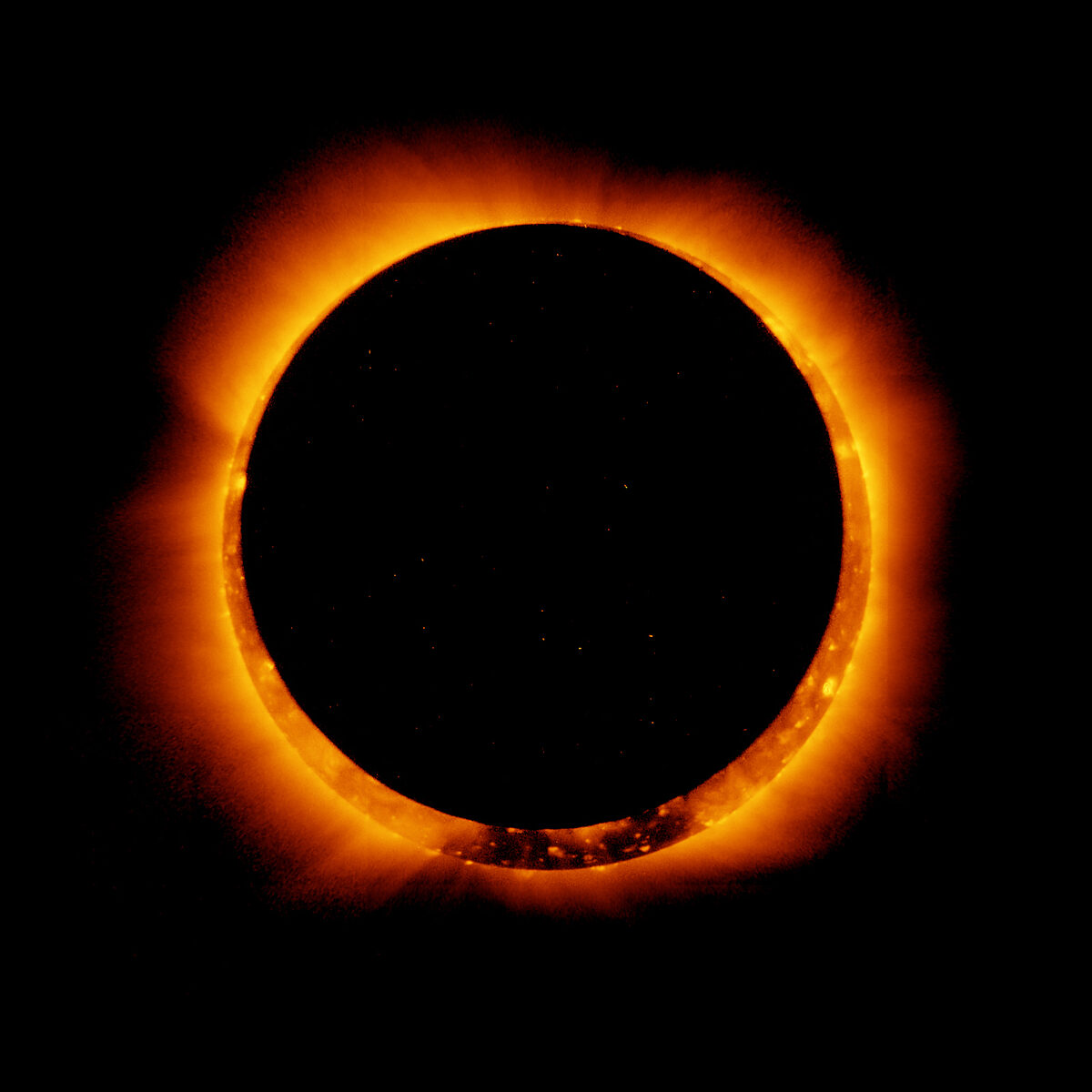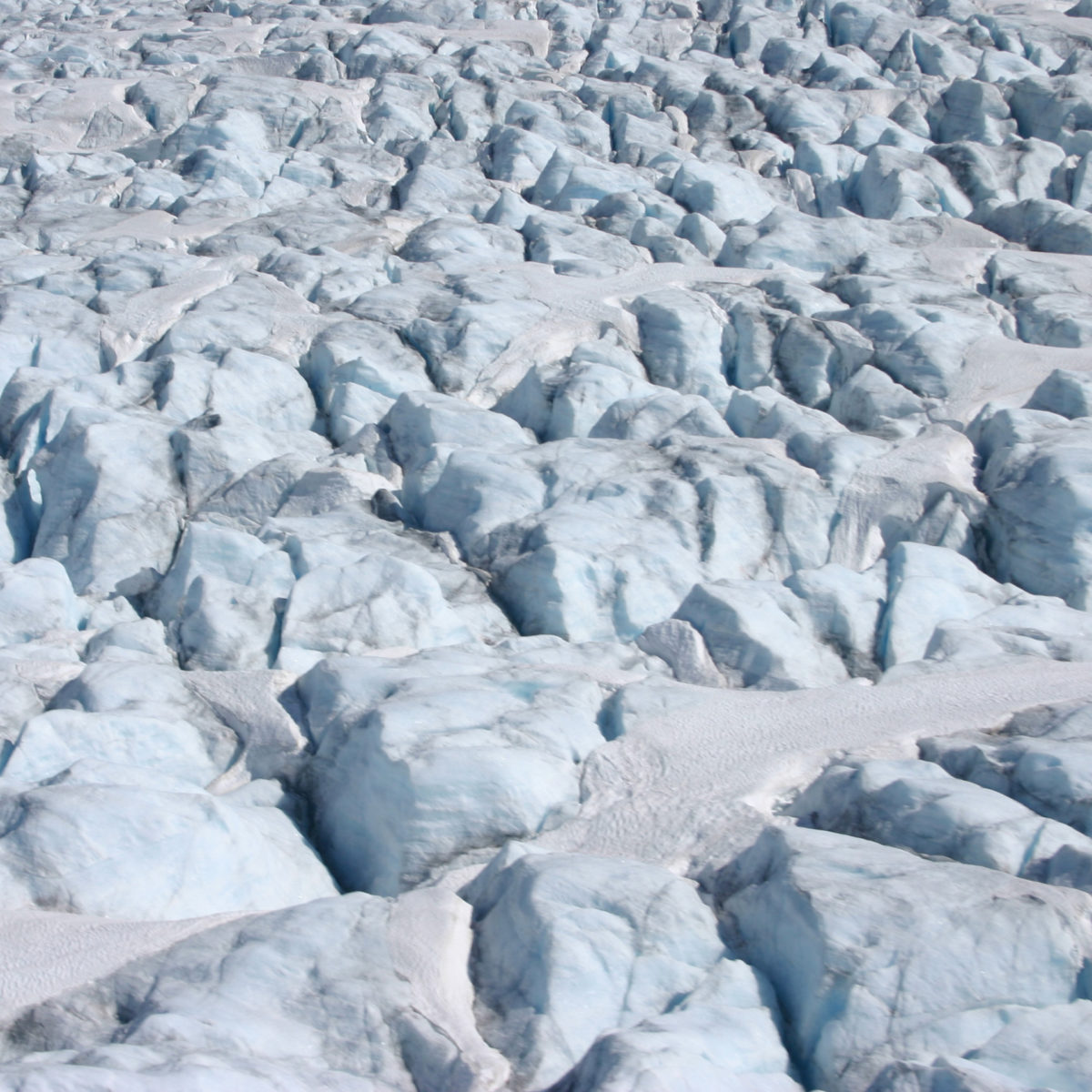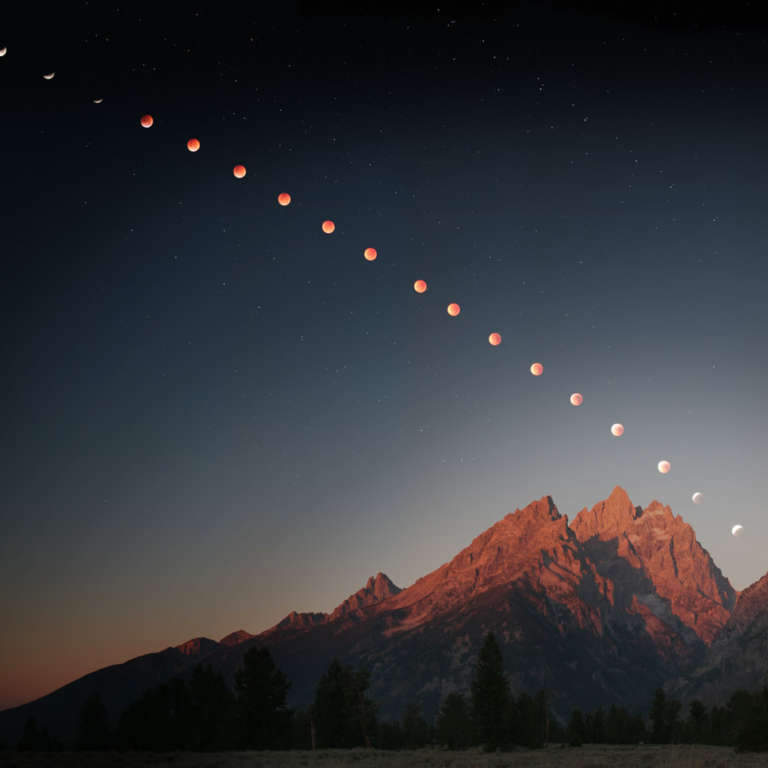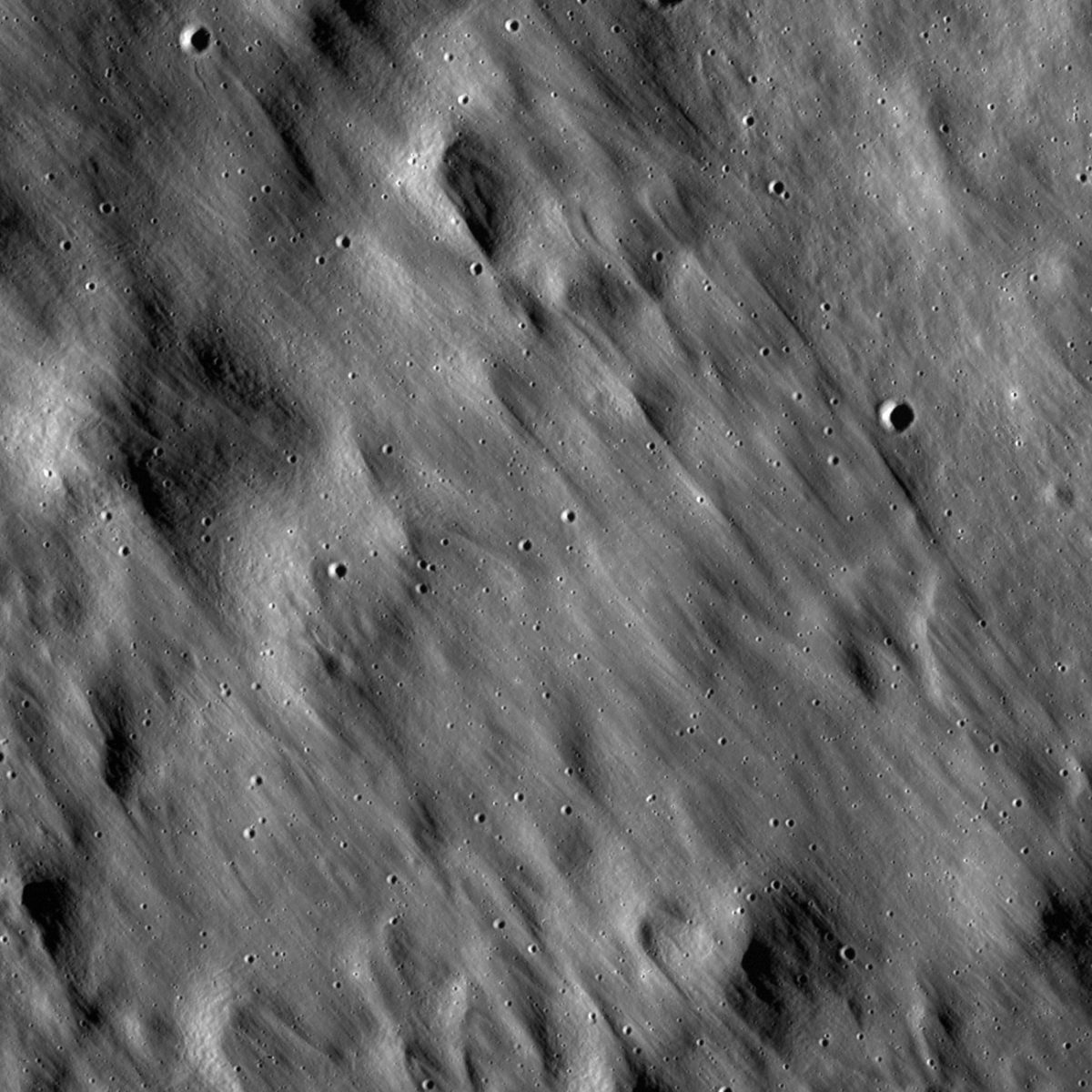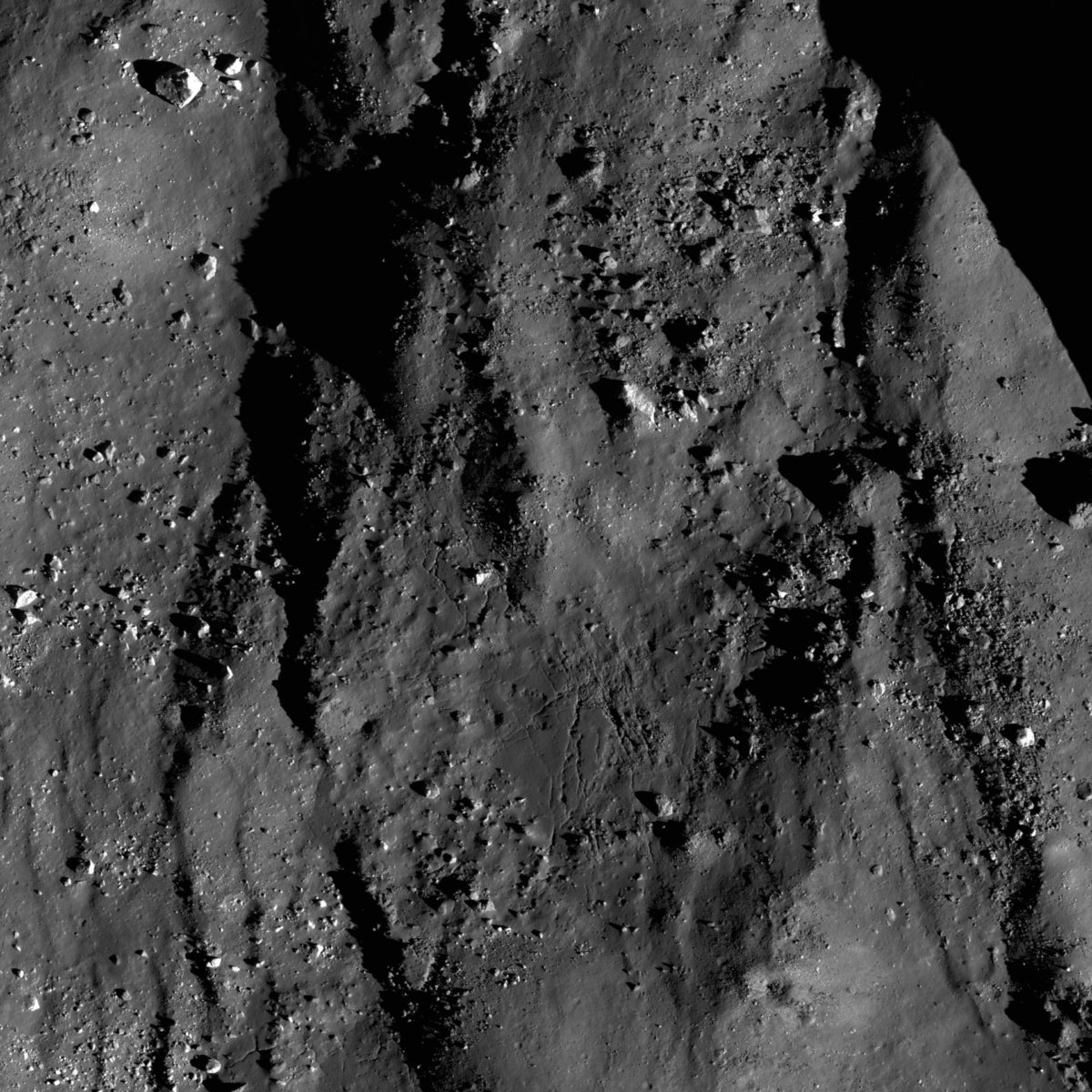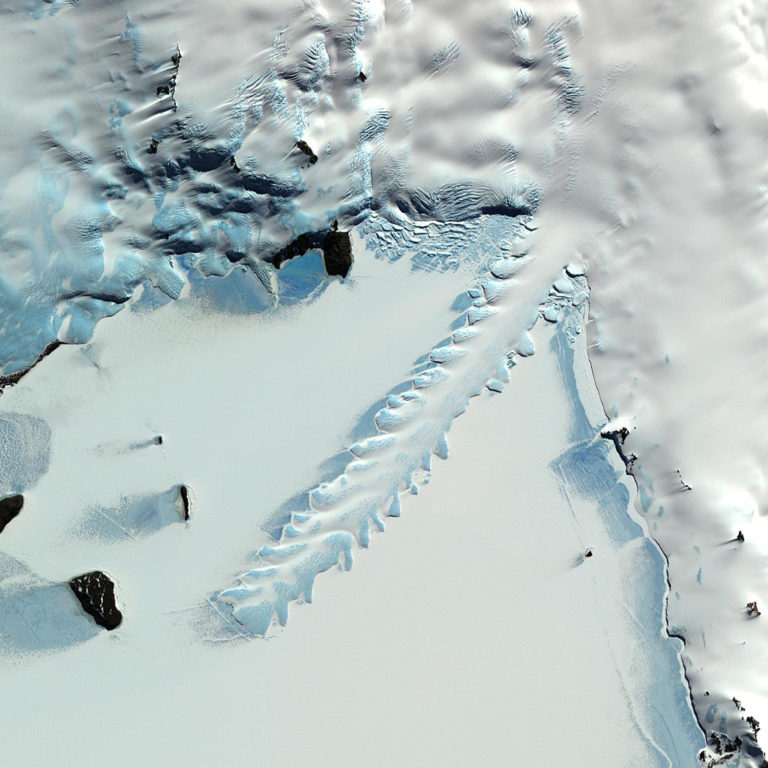All
All
Stories, updates, insights, and original analysis from The Planetary Society.
LPSC 2011: Day 4: Ted Stryk on icy moons and The Moon
Here are Ted Stryk's notes from the sessions he attended in the afternoon of Thursday, March 10, at the 42nd Lunar and Planetary Science Conference.
Mercury: a moon-scale body
As I wait for the MESSENGER Mercury Orbit Insertion webcast to start, I thought I'd fiddle with some images to point out that Mercury is a bridge between the scales of planets and the scales of moons.
Nick Schneider: Notes on an earthquake
I was heading south to Tokyo with Seiko and Ishi, two students from the conference. We were planning a dinner together, maybe catching the nighttime skyline from the top of Tokyo Tower. I dozed off as the train flew silently through the countryside. Next thing I knew, Seiko was shaking me awake saying
LPSC 2011: Kirby Runyon on Mars, the Moon, Hartley 2, and Ganymede
Kirby Runyon, a second-year grad student at Temple University, offered to send me some writeups of selected presentations from last week's Lunar and Planetary Science Conference, and I enthusiastically agreed.
The curse of living on a geologically active planet
As the disaster of the magnitude 8.9 Sendai quake of Friday, March 11, at 05:46:23 UTC continues to unfold in Japan, I have been unable to tear my attention away.
LPSC 2011: Day 3: Moon, Mars, and Venus
Wednesday morning included some interesting conversations. Notably, I spoke with Pamela Gay, who is responsible for the MoonZoo citizen science program and who is presently working on developing a site through which the public will be able to help search for potential Kuiper belt objects for the New Horizons mission to encounter after the Pluto flyby.
Explore the Moon in 3D through the Chandrayaan-1 TMC image data set
Data from two of the cameras aboard Chandrayaan-1 are now available through the ISRO Science Data Archive (ISDA), a new(?) site that is being established to host the data from ISRO's deep-space missions.
Map the world's light pollution by participating in GLOBE at Night
Now in its sixth year, GLOBE at Night is a citizen science program that marshals the eyes of thousands of people around the world once a year to assess the degree to which light pollution diminishes our views of starry skies.
The Solar System from the Inside Out - and the Outside In
Space probes grant us perspective, the ability to see our place within the vastness of the solar system. But opportunities to see all of the solar system's planets in one observation are rare. In fact, there's only been one opportunity on one mission to see the whole solar system at once, until now.
Report from the 2011 New Horizons Science Team Meeting
The annual New Horizons Science Team Meeting was held last week at NASA's Ames Research Center.
365 Days of Astronomy Podcast: Unmanned Space Exploration in 2011
Today the 365 Days of Astronomy podcast aired my contribution, Unmanned Space Exploration in 2011, about what to look forward to in solar system exploration this year.
Solar eclipses from space: Hinode and SDO
Two spacecraft that keep their ever-watchful eyes on the Sun -- NASA's Solar Dynamics Observatory (SDO) and JAXA's Hinode -- were doing their thing, when something large wandered past: the Moon.
Door 29 in the 2010 advent calendar
Time to open the twenty-ninth door in the advent calendar. Where in the solar system is this fractured flowing ice?
Door 26 in the 2010 advent calendar
Time to open the twenty-sixth door in the advent calendar. Where in the solar system is this rayed crater?
Lunar eclipse tonight, mid-eclipse at 08:17 Dec 21 UT
Unless you live under a rock you probably know that there is a total lunar eclipse tonight, one that should be particularly favorable for viewing from North America but which will be at least partially visible to viewers in South America, Europe, and easternmost Asia and Australia too.
Door 19 in the 2010 advent calendar
Time to open the nineteenth door in the advent calendar. Where in the solar system are these folded rocks?
Door 18 in the 2010 advent calendar
Time to open the eighteenth door in the advent calendar. Where in the solar system is this brush-stroked surface?
Door 9 in the 2010 advent calendar
Time to open the ninth door in the advent calendar. Where in the solar system is this jumble of boulders and fissures?
Door 7 in the 2010 advent calendar
Time to open the seventh door in the advent calendar. Where in the solar system is this icy bridge?
Best "Arsenic and Odd Life" coverage
Last night I asked via Twitter for recommendations for articles that did the best job explaining the significance of the work, by people who actually read the relevant paper in Science.


 Explore Worlds
Explore Worlds Find Life
Find Life Defend Earth
Defend Earth


 Sun
Sun Mercury
Mercury Venus
Venus Earth
Earth Mars
Mars Jupiter
Jupiter Saturn
Saturn Uranus
Uranus Neptune
Neptune Small Bodies
Small Bodies